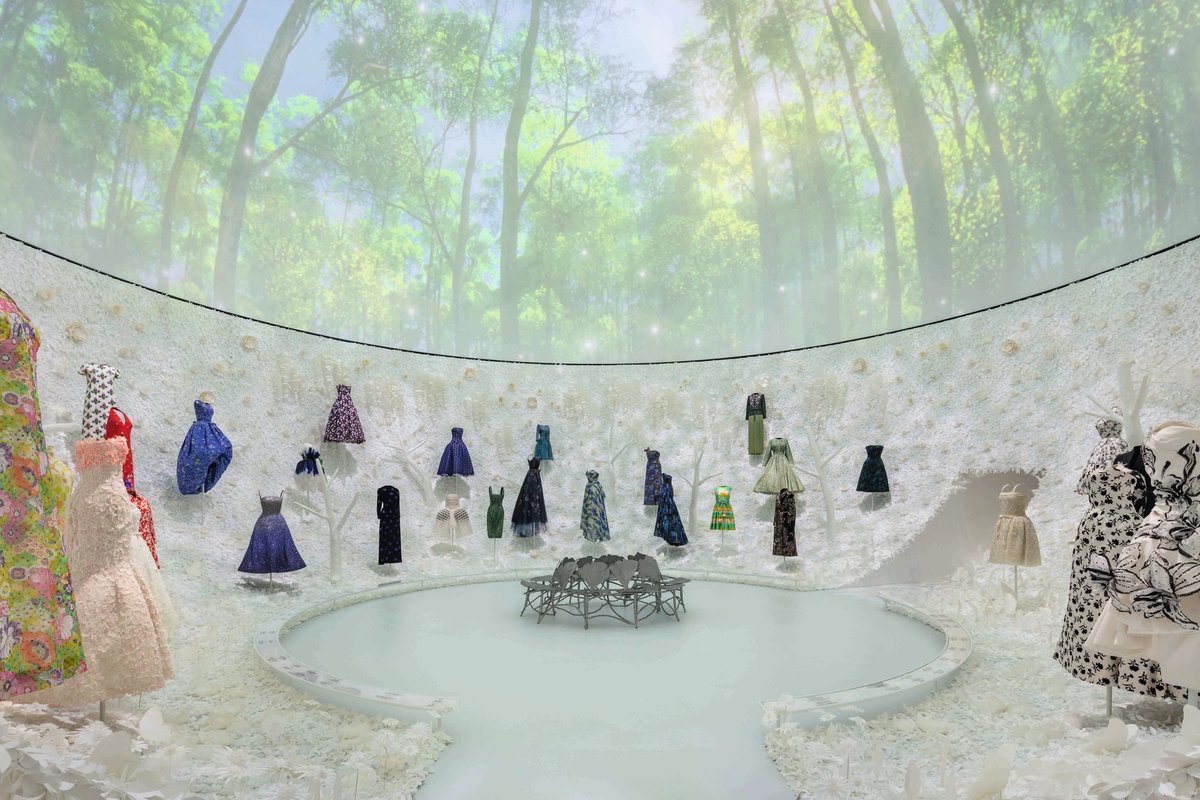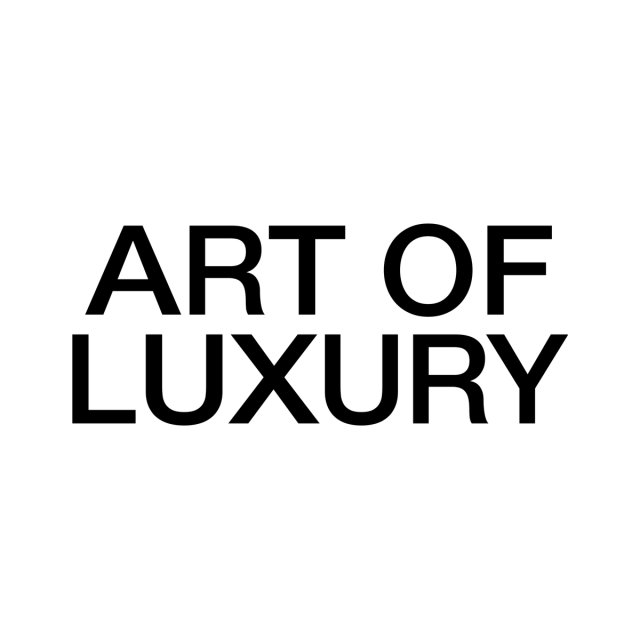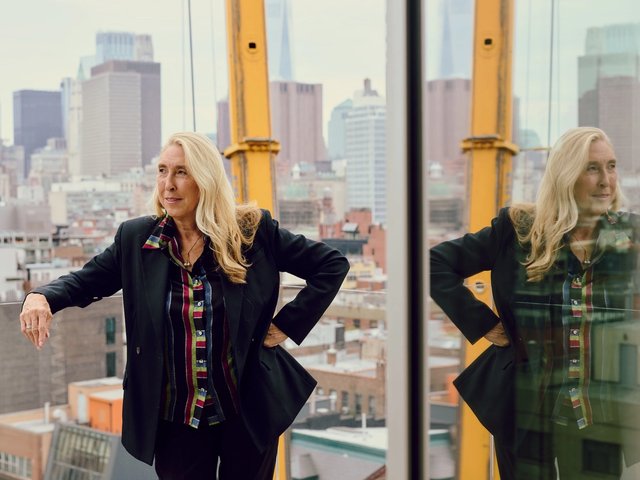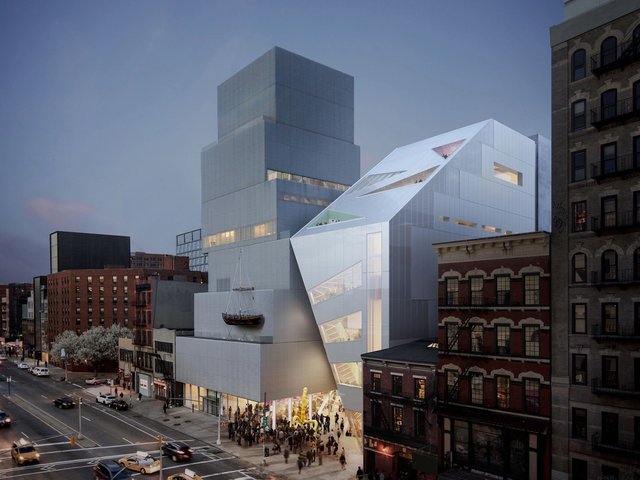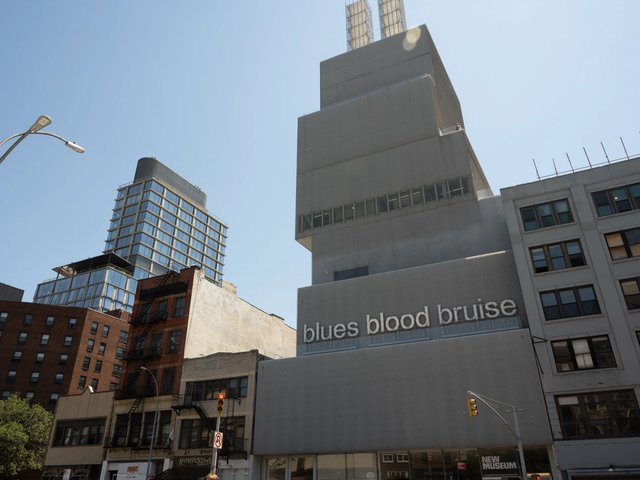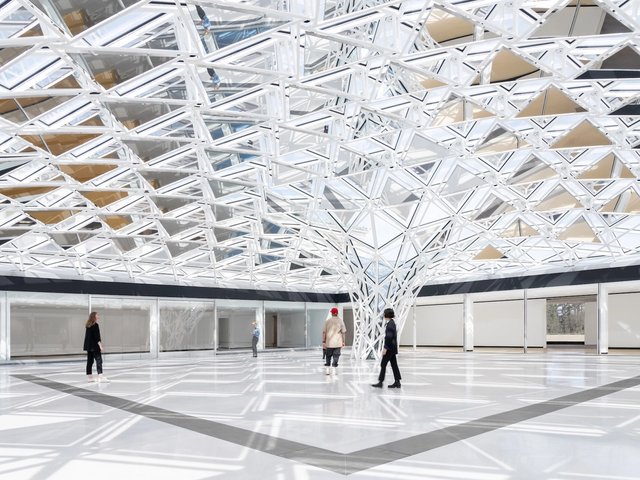It has been 19 years since Japanese-born Shohei Shigematsu was named the director of the New York outpost of the famed international firm Office for Metropolitan Architecture (OMA). Since then, the designer has managed to transform the already storied studio—launched in Rotterdam in 1975 by the eminent architect and theorist Rem Koolhaas—into a protean, streamlined delivery system for its founder’s vision: a prodigious maker not merely of buildings, but of culture, with a commanding position at the intersection of commerce, art and the global design discourse.
But in one area in particular, the Manhattan-based crew has carved out a singular niche—and it is a revealing one, speaking both to Shigematsu’s individual approach as well as to the still-evolving cultural strategy of the practice. Producing unique showplaces for the luxury sector has occupied a substantial part of OMA New York’s time recently, an experience that, as Shigematsu puts it, “really trains a different part of your brain than doing normal architecture”.
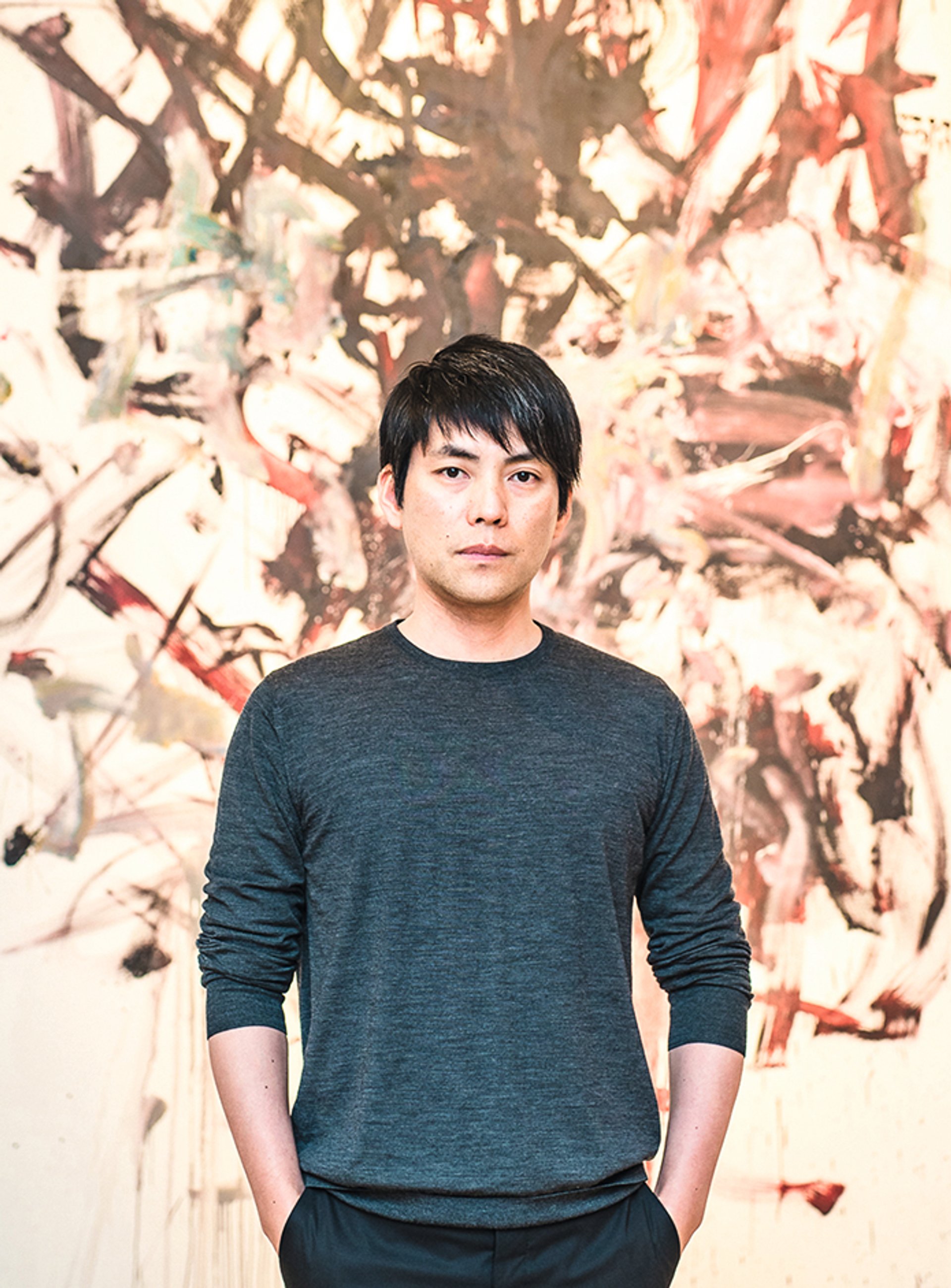
Shohei Shigematsu became director of OMA's New York outpost in 2006 Julian Cassady Photography
Comprising travelling museum shows, hybrid exhibition-retail interiors, and glittering flagship stores, the office’s portfolio now includes projects for some of the biggest brand names in the business: Dior, LVMH and Tiffany. Far from fleeting one-offs, these commissions have turned into a serious intellectual fixation for Shigematsu and company, changing the way they look at their ever-expanding oeuvre of high-profile institutional and civic commissions. “There is a link,” says Shigematsu, who is now 52. “We’re creating cultural platforms that are not just about fashion, but about architecture, design, art, even food. It’s all in there.”
The current wave of luxury-adjacent projects began in earnest in 2016, with OMA’s much-lauded design for the exhibition Manus x Machina at the Metropolitan Museum of Art in New York. Under the aegis of the museum’s Costume Institute, the show—a clever act of curation by Andrew Bolton, the institute’s chief curator—explored the fraught terrain between traditional, handcrafted clothing production and cutting-edge computer-aided techniques. For the architects, the exhibition presented problems of both plan and atmospherics. Occupying the museum’s Kevin Roche-designed Lehman Wing, the show had to sit inside an all-concrete, subterranean space that felt at odds with the delicate work on display. To give the pieces room to breathe, Shigematsu designed “a building within a building—a ghost cathedral”, as he terms it, with a diaphanous canopy that swathed the whole interior and lent it a privileged, sanctuary-like quality.
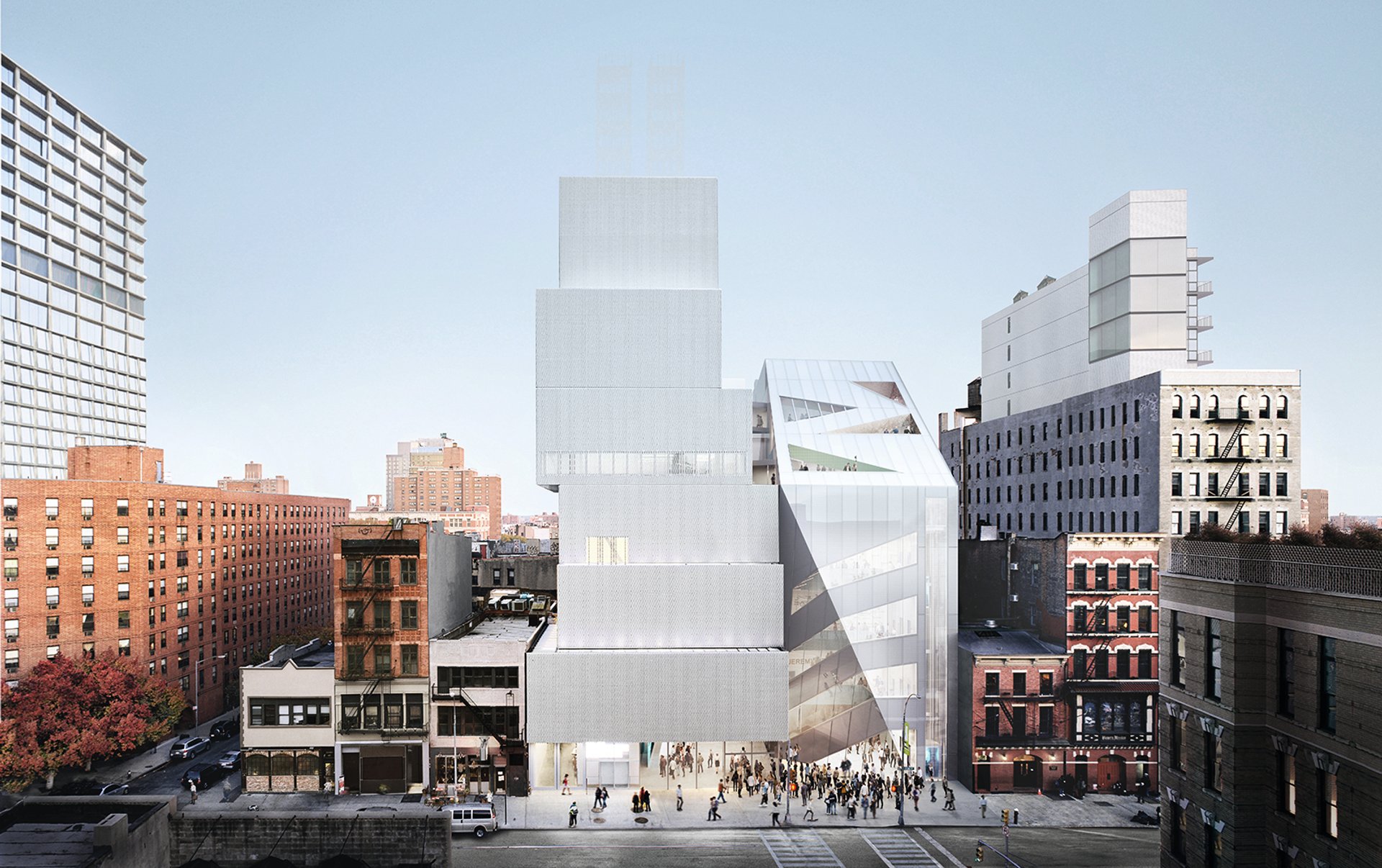
A rendering of the architect’s extension (at right) for the New Museum Courtesy of OMA/bloomimages.de
“That was a pivotal moment for us,” Shigematsu recalls. The positive reception that greeted the Met show was not missed by fashion-industry players, who have subsequently brought OMA New York on board for an array of big-budget initiatives—at times centring those initiatives on the firm’s architectural thinking. “Our spatial design contributes to the storytelling,” Shigematsu says. “Sometimes the space comes first, not the theme.”
Such was the case lately with OMA’s design for Christian Dior: Designer of Dreams, a banner exhibition dedicated to the legendary French couturier that opened in April at the Dongdaemun Design Plaza in Seoul. Marking only the latest in a series of collaborations between the firm and the fashion house (OMA also provided the scheme for another Dior show, which premiered at the Denver Art Museum in 2018 before travelling to Dallas), the Seoul project elaborated the Met concept into something still more spectacular: an interior landscape of garden-like enclosures centred on a giant egg-shaped rotunda that recalls the shape of traditional Korean moon jars. Not content to provide a suitably elegant setting for the garments, the project demonstrated OMA’s willingness to create sensorial encounters that spotlight their clients’ identities rather than simply showcasing their wares. “Our direction is based on the idea of scenography,” Shigematsu says, “rather than just exhibit design.”
With Dior’s chief executive officer Pietro Beccari switching roles within the LVMH empire in 2023, OMA has followed, partnering with him again in his new post at Louis Vuitton, where he is the chairman and chief executive. “They asked us to communicate their history,” Shigematsu says, “and of course we started with the iconic core of their brand, which is the trunk.” From that ubiquitous monogram-emblazoned form, the designers helped formulate a still headier mixture of architecture and fashion: as part of the company’s Bangkok retail location, OMA produced an installation that extends from the store itself; objects, machines, and images from the house’s past are presented inside beguiling physical and digital environments featuring the trunk motif.
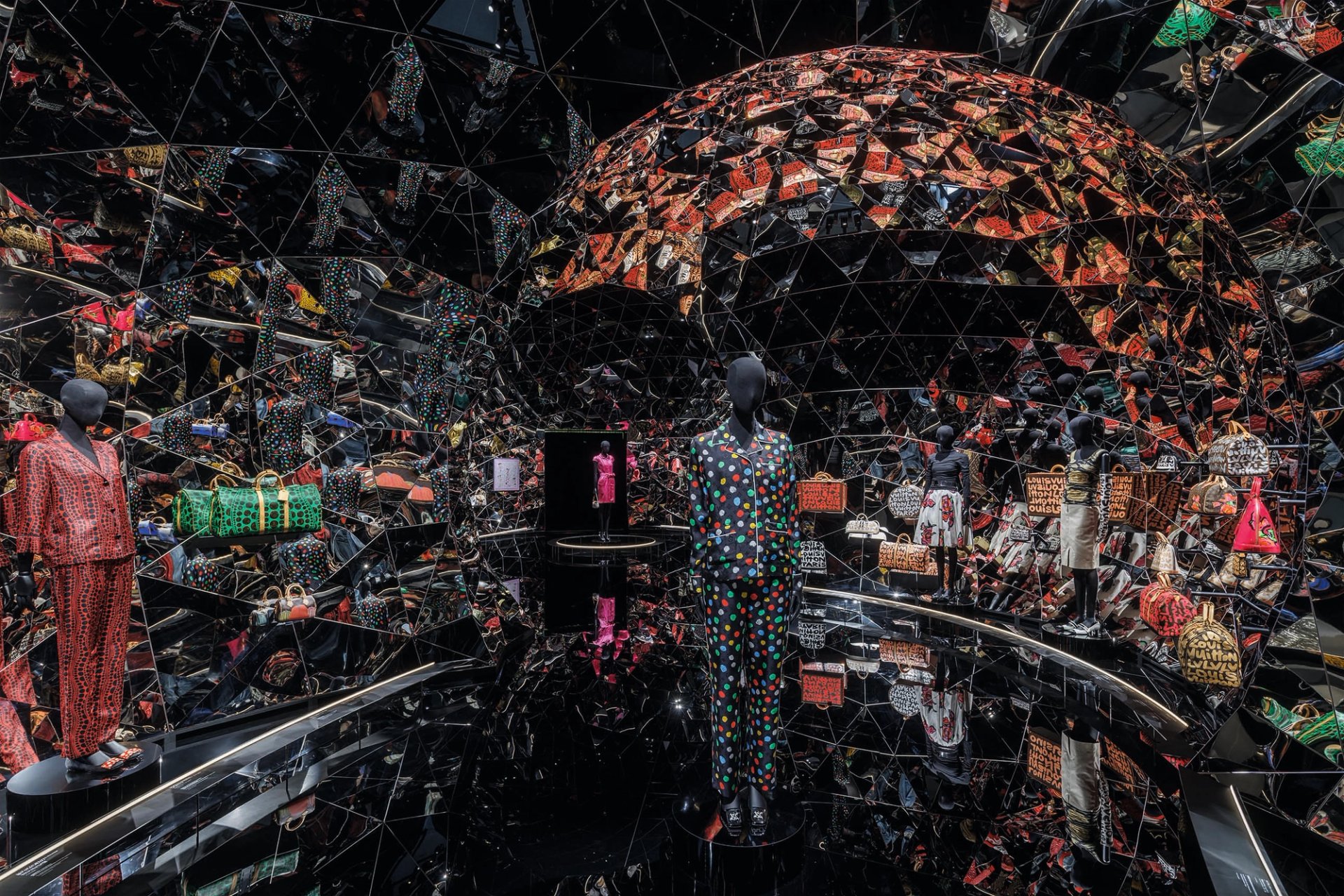
Louis: Vuitton: Visionary Journeys exhibition at Osaka’s Nakanoshima Museum of Art Jeremie Souteyrat
A sort of hypertrophied museum shop, the emporium-cum-exhibit idea is presently being exported, with another OMA-designed outlet opening in Shanghai this summer—even as the firm unveiled a Vuitton show, Visionary Journeys, at Osaka’s Nakanoshima Museum of Art in July. (This in turn follows on the heels of another similarly themed show across town, at the French pavilion of the city’s 2025 World Expo.) In Japan’s second city, as in all their other projects with the brand, the designers succeeded in creating “a universe-like space”, as Shigematsu describes it, the visitor drifting through a seemingly endless cloud of archival artefacts and information.
We’re creating cultural platforms that are not just about fashion, but about architecture, design, art, even food. It’s all in thereShohei Shigematsu
Combined with conventional retail projects (notably the glittering rooftop extension of the Manhattan jeweller Tiffany, completed in 2023), OMA New York’s flurry of unusual couture-adjacent projects is not altogether without precedent. The studio has never been averse to a fashionista clientele. Its relationship with Prada goes back to 2001, when OMA designed the Italian brand’s Soho store. A landmark of early 2000s architecture in Manhattan, it showed Koolhaas at his provocative best, featuring an entrance that swooped down like a skate ramp, and notably few clothes. The project elicited one of the OMA progenitor’s most famous diktats—“Luxury,” Koolhaas said at the time, “is not shopping”—and opened the floodgates for architects to explore the inner workings of the high-style global marketplace. The Prada-OMA axis remains very much intact, the firm’s European branch designing spaces for and with the company in Italy and beyond.
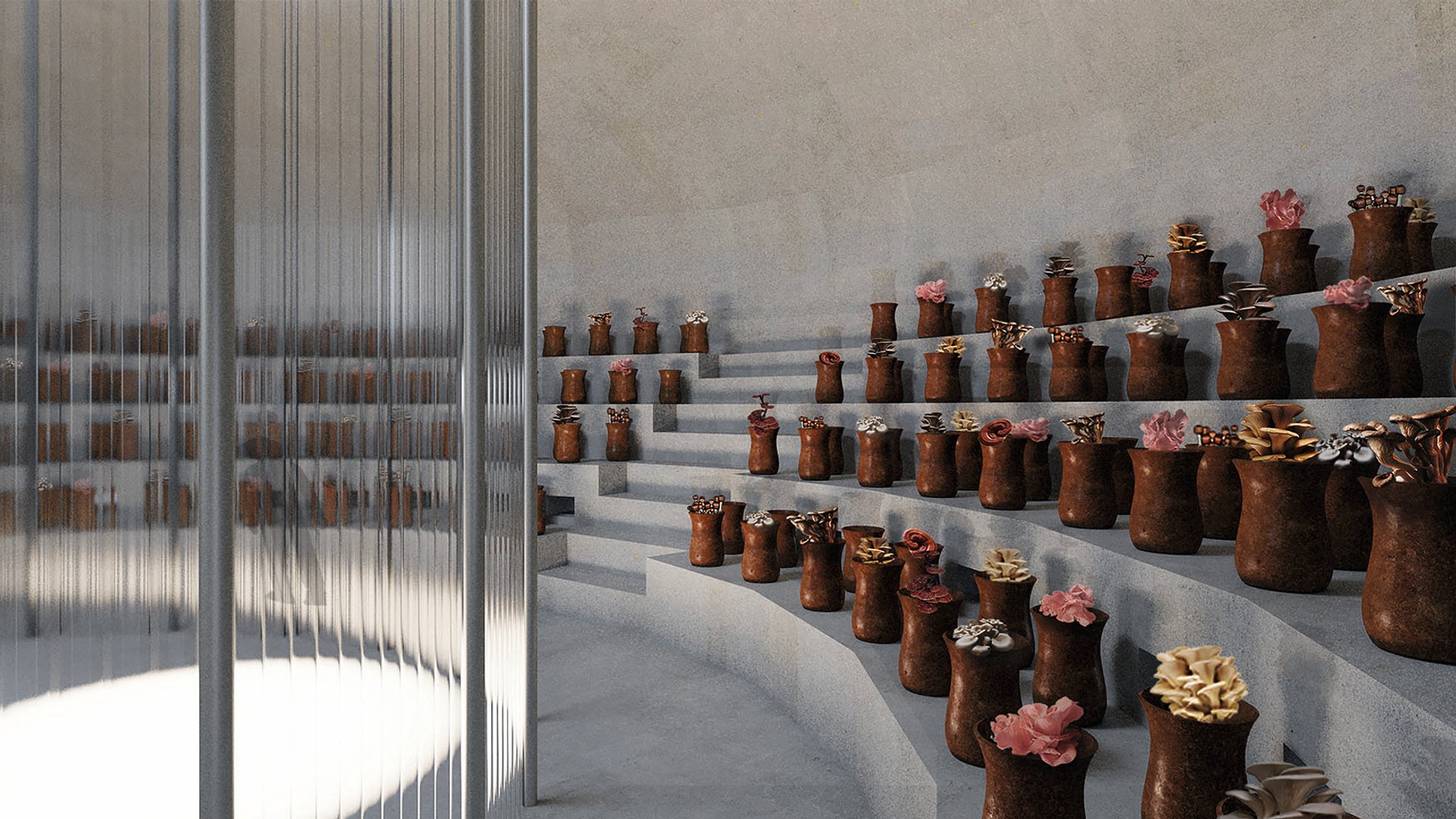
The “fruiting room” in a mushroom-shaped building that Shigematsu recently designed for the Casa Wabi campus in Mexico Courtesy of OMA
But the direction of the New York team is something different again. With the fashion-world shows in particular, Shigematsu says, “What you’re asked is to create something that is dreamy, immersive, disruptive, that tells a story.” Without letting go of the research-heavy, analytical method that has long been key to the firm’s philosophy, such a narrative-focused view of architecture is something new for OMA, and it sets up an interesting way to view some of the forthcoming projects from the office outside the luxury realm.
On Mexico’s west coast Shigematsu and his colleagues are now wrapping up work on an addition to artist Bosco Sodi’s Casa Wabi campus, a “Mushroom Pavilion” that will join experimental, social- and ecological-oriented works by the Japanese architect Kengo Kuma and others. Named not for its ovoid shape but for its delectable programme, the building will serve as a mycological growhouse, furnishing the nearby Hotel Escondido (boutique bare-foot chic from the Habita Group) with a supply of fresh edible fungi.
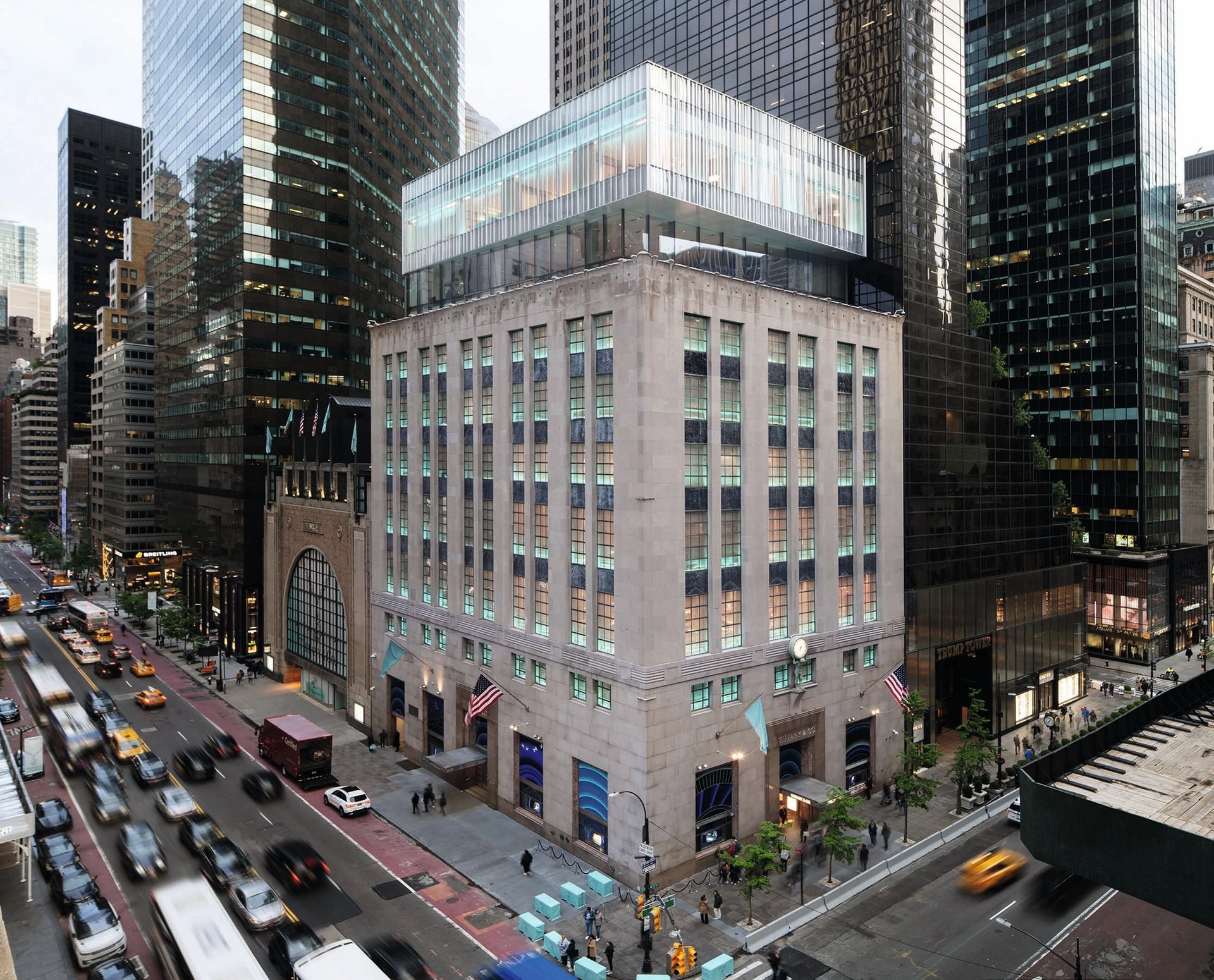
OMA’s sparkling glass rooftop extension at Tiffany in New York Floto + Warner
At the same time, the New Yorkers are preparing for the opening of one of their most anticipated projects to date, the extension of the New Museum on the Bowery, which will give the celebrated 2010 SANAA-designed structure next door a glassy, jagged twin sister. The seven-storey building—expected to start welcoming visitors this autumn—illustrates the full range of OMA New York’s technical competency, providing the nearly 50-year-old institution with double the exhibition space, as well as its own restaurant, public-event spaces and outdoor terraces framed in colourful walls, some in concrete suffused with blush pink pigment, that recede into the sharp planar surfaces of the façade. “It’s not a typical museum extension, with one expressive and one subservient structure,” Shigematsu says. “We wanted some kind of balance.”
Though they predate most of the firm’s work for the LVMH brands, the project, and the firm’s other palaces of culture, might now be read as “dreamy, immersive” spaces of their own, albeit with nature and art as their subjects rather than bags and dresses; moreover, Shigematsu appears keen to see more cross-germination in future. “I would love to have this kind of reflection of what we’re doing for the brands into architecture,” the designer says. “I’m really hoping that by doing these exhibitions, I can be a bit more free.”


